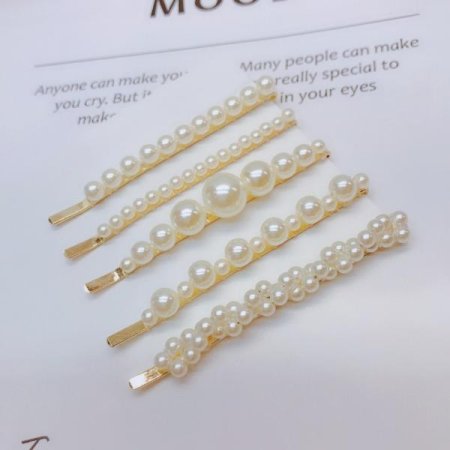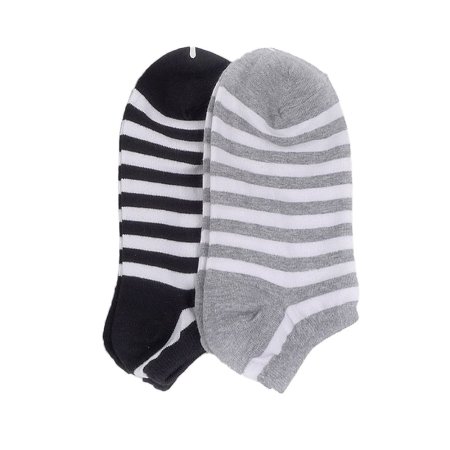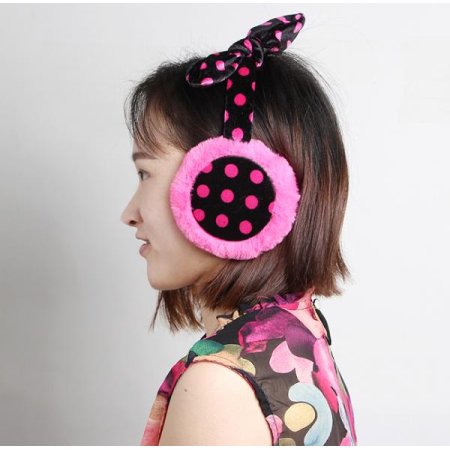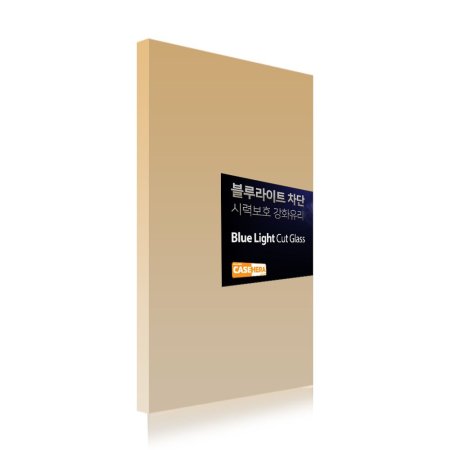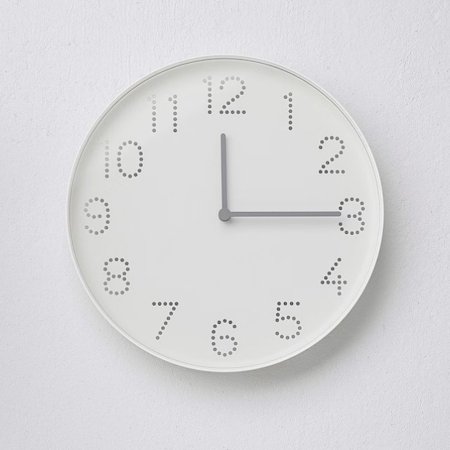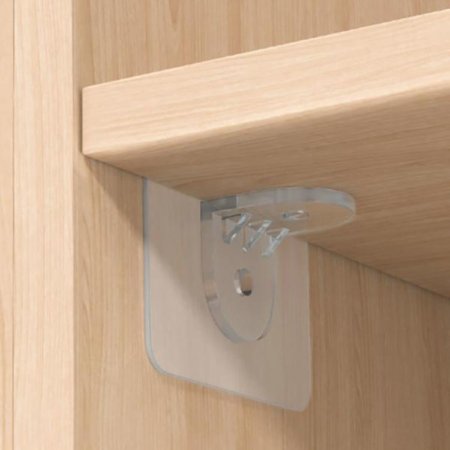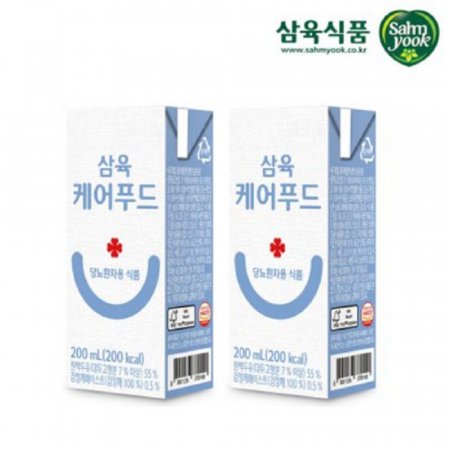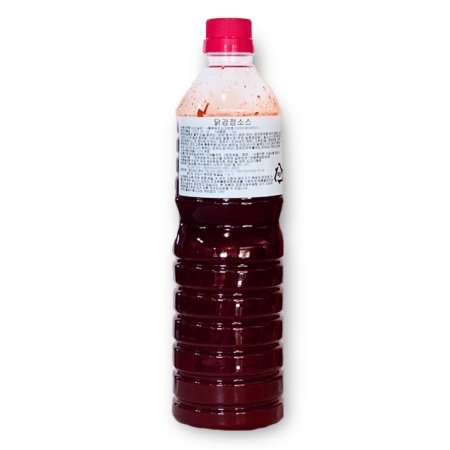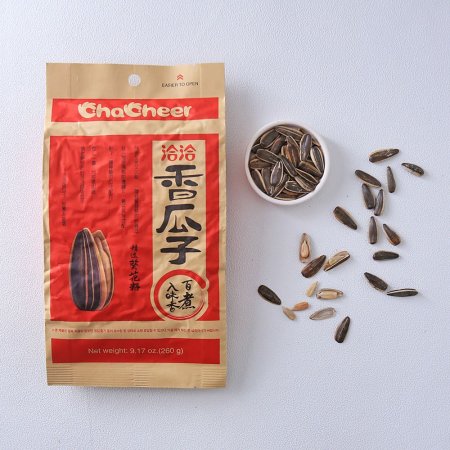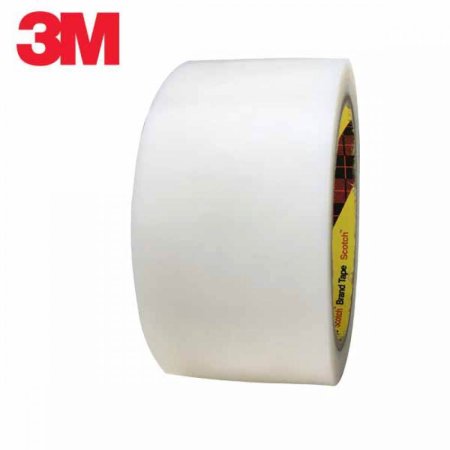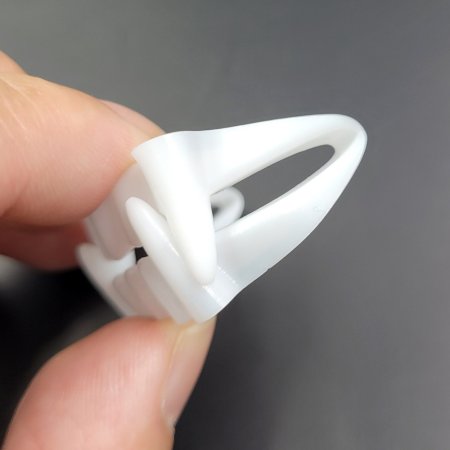[문화재청](국영문 동시 배포) 국립고궁박물관 「고궁연화古宮年華」 특별전 개최

문화재청 국립고궁박물관(관장 김인규)은 오는 12월 1일부터 내년 2월 27일까지 경복궁 발굴·복원 30년사(史)를 돌아보는 「고궁연화古宮年華, 경복궁 발굴·복원 30주년 기념 특별전」을 개최한다.
이번 전시는 조선의 법궁(法宮)이었던 경복궁이 본래의 모습을 되찾고 연간 천만 명이 찾는 생명력 넘치는 문화유산으로 거듭나기까지의 발굴과 복원 노력을 조명한다. 복원한 전각 4곳에 사계절을 역순으로 투영시키고 이를 거슬러 올라가는 형식으로 구성해 전각들이 본래의 모습을 ‘회복했다‘는 복원의 의미를 구현하였다. 그동안 잘 소개되지 않았던 발굴 현장 기록 일지, 발굴 실측 도면과 복원 도면 등 20여 점의 원본 자료를 총망라하여 경복궁 발굴·복원사를 종합적으로 볼 수 있도록 했으며, 실감 콘텐츠로 제작된 인터뷰 영상과 미디어파사드 기법이 접목된 3면 영상으로 몰입감을 높였다.
* 미디어 파사드: 벽면에 다양한 콘텐츠 영상을 투사하는 기법
전시는 ▲ 도입부 ‘적심(積心)’, ▲ 1부 ‘바람이 문에를 처도’, ▲ 2부 ‘진흙속에 묻혀눕은’, ▲ 3부 ‘오백년 거륵한 공’, ▲ 4부 ‘봄어름 처음녹고’, 총 4부로 구성하였다. 각 부제(副題)는 1927년 잡지 <동광>에 실린 시인 시목(詩牧)의 고궁단영(古宮短詠)에서 따 온 것으로, 일제강점기 훼손된 경복궁의 모습을 노래한 시다. 전시 제목 고궁연화는 ‘年華(빛나는 해)’, ‘煙花(봄의 경치)’ 두 가지 중의적인 뜻으로 경복궁 복원이 끝나고 맞이하게 될 경복궁의 찬란한 시간이자 봄을 의미한다.
먼저 ▲ 도입부 ‘적심(積心)’은 현대작가와 협업한 설치 미술 작품이다. 적심(積心)은 건물의 구조와 규모를 보여주는 기초 부분이자 복원의 실마리로서, 발굴 단계에서 매우 중요하게 여겨진다. 박진우 작가는 적심이라는 단어를 기반으로 여러 마음이 쌓여 만들어지는 경복궁을 주제로 삼았다. 천장에서 길게 늘어뜨린 적심을 궁궐 전각처럼 배치하여 재해석된 경복궁을 유영하듯 감상하게 했다.
▲ 1부 ‘바람이 문에를 처도’에서는 복원된 흥복전 내부에서 창문 밖 일제강점기 총독부의 정원이 된 겨울의 흥복전을 바라보는 시점으로 공간을 연출하였다. 맞은편에는 훼철된 경복궁을 주제로 한 조지훈의 <봉황수> 등을 전시한다. 창문이라는 장치로 시·공간을 분리하여 관람객으로 하여금 바라볼 수밖에 없는 과거에 대한 안타까운 감정을 불러일으키고 당대 문학인들이 느꼈을 무력한 마음이 전달되도록 했다.
* 훼철(毁撤): 헐어서 치워버림
* 조지훈(1920-1968) <봉황수>: 고궁을 보며 망국의 비애를 노래한 산문시
▲ 2부 ‘진흙속에 묻혀눕은’에서는 사시사철 현장을 지키는 발굴조사단의 모습을 단풍이 무르익고 노동의 결실을 맺는 가을로 비유하였다. 전면부에는 경복궁 출토 도자기 파편과 발굴 일기, 유물 조사 카드 등을 토층도로 연출하여 유적의 느낌을 살렸다. 후면부에는 소주방지 출토 도자기, 기와, 철제 생활용구 등을 상부에 전시하여 ‘사람’에 의해 매장 문화재가 우리의 소중한 문화유산으로 거듭나는 과정을 표현하였다. 경복궁 터를 직접 발굴했던 전직·현직 조사단 3인과 전시담당자의 인터뷰에서는 숨겨진 발굴 이야기가 실감 콘텐츠로 표현된다.
* 토층도(土層圖): 흙의 층위를 그린 그림
* 소주방지: 임금의 수라와 궁중의 잔치 음식을 준비하던 공간
▲ 3부 ‘오백년 거륵한 공’은 약 높이 4m, 너비 15m의 대형 미디어월에 복원 도면을 라인그래픽 기법으로 제작하여 궁궐 건축의 촘촘한 설계를 한 눈에 만날 수 있다. 영상 원본인 너비 약 1-2m에 육박하는 강녕전, 교태전 정면도도 함께 전시된다. 경복궁 복원 건축 도면은 발굴 성과를 토대로 고지도, 문헌사료, 실측도면 등을 종합하여 만든 발굴·복원의 집합체이다. 도면 영상 맞은편에는 경복궁 밤풍경이 함께 어우러져 여름밤 궁궐을 거니는 느낌을 받도록 꾸몄다.
* 라인그래픽(line graphic): 줄선으로 형상을 그리는 기법
▲ 4부 ‘봄어름 처음녹고’에서는 2045년 경복궁 복원이 마무리 된 후 맞이할 경복궁의 봄을 3면 대형 영상으로 구현한다. 복원을 위해 노력한 사람들의 이름 별무리로 북궐도형을 그려 디지털 상량문으로 재해석하였다. 또한, 복원공사에서 사용한 공구와 근정전, 향원정 보수 시 교체된 부재들을 함께 전시하여 경복궁이 지닌 고유한 가치를 지키기 위한 다양한 보수방법과 노력을 선보인다.
* 북궐도형(北闕圖形): 1865년 경복궁 중건 후 19세기말에 제작된 경복궁 평면 배치도로 경복궁 복원 정비 사업의 기초 자료로 활용되었다.
* 상량문(上樑文): 집을 새로 짓거나 고친 내력, 관련된 사람들의 이름 등을 적은 글로 경복궁 근정전, 경회루에서는 비단천에 쓰여진 상량문이 발견되었다.
전시의 이해를 돕기 위한 온라인 콘텐츠도 제공한다. 경복궁의 사계절을 담은 타임랩스, 전시 해설 등 관련 영상을 문화재청과 박물관 유튜브로 제공하고, 전시실 전경, 유물설명, 사진을 담은 가상현실(VR) 콘텐츠도 공개할 예정이다. 경복궁의 사계절을 담은 사진집도 내년 초 발간된다. 지난 1년간 발굴 현장과 복원 공사 모습을 촬영하였다.
* 타임랩스(time lapse): 대상을 일정한 시간적 간격을 두고 촬영하는 기법
* 문화재청 유튜브: https://www.youtube.com/chluvu
* 국립고궁박물관 유튜브: https://www.youtube.com/gogungmuseum
이번 전시는 광화문 인근 지역의 역사를 조망하는 <광화문 600년: 세 가지 이야기> 서울역사박물관-국립고궁박물관-대한민국역사박물관 협력전시 중 두 번째 이야기에 해당한다. 앞으로도 국립고궁박물관은 조선왕실의 문화유산을 널리 알리기 위해 광화문 소재 박물관들과 전시 콘텐츠 개발 및 협력을 이어갈 것이다.
문화재청은 경복궁 복원을 통해 앞으로도 우리 역사의 과거와 현재를 잇는 교량의 역할을 계속해 나갈 것이다. 이번 특별전을 관람하며 경복궁의 가장 빛나는 시간, ‘고궁연화’의 의미를 모색해보는 계기가 되기를 기대한다.
The National Palace Museum of Korea Presents the Special Exhibition Glory of the Royal Palace
-Thirty Years of the Excavation and Restoration of Gyeongbokgung Palace to Be Presented under the Theme of the Four Seasons / December 1, 2021 ? February 27, 2022-
From December 1, 2021 to February 27, 2022, the National Palace Museum of Korea (Director: Kim In Kyu), an affiliate of the Cultural Heritage Administration of Korea, is presenting a special exhibition organized on the occasion of the thirtieth anniversary of the excavation and restoration carried out at Gyeongbokgung Palace. Glory of the Royal Palace looks back on the history of this revitalization of the palace space.
This exhibition sheds light on the effortto restore Gyeongbokgung, the primary palace of the Joseon Dynasty, to its original form and convert it to its present form as vital cultural heritage visited by ten million people every year. Four buildings that were restored within the palace complex are explored through the theme of the four seasons. However, the seasons are presented in the reverse order of the year, moving from winter through fall and summer to spring with the aim of spotlighting thesignificance of restoration. Showcasing some twenty original archival materials, including records that were made on-site during the excavations, field measurements, and restoration drawings, the exhibition provides a comprehensive overview of the history of the excavation and restoration work carried out at Gyeongbokgung. An immersive three-channel video installation featuring interviews and incorporating media fa?ade techniques is expected to further enhance visitor immersion.
The exhibition is comprised of four sections. The title for each section was inspired by a poem by Si Mok in the magazine Donggwang in 1927. Entitled “Gogung danyeong,” the poem described the appearance of Gyeongbokgung Palace after it had been damaged during the period of Japanese occupation. The Korean title of the exhibition reading Gogung yeonhwa holds a double meaning of “brilliant sun” and “spring landscape,” alluding to the resplendent times and the new spring that Gyeongbokgung Palace will welcome with its restoration.
In the introduction area is an installation work that was produced in collaboration with a contemporary artist. It is entitled Jeoksim after the foundation of a building that reveals its structure and scale and is considered critical in excavation work as it provides clues for restoration. The artist Park JinWoo recreates Gyeongbokgung Palace based on the concept of jeoksim, which literally means the accumulated layers of diverse minds. The pieces of a jeoksim hanging from the ceiling arranged like buildings in a palace allow visitors to enjoy the reinterpreted palace as if floating across it.
The first section, “Even if the Wind Blows the Door Shut,” presents a space that has been designed for looking through a window from the interior of Heungbokjeon Hall to see the “winter” in which it served as a garden for the Japanese Government-General of Korea. Also on display in this space are works including “Bonghwangsu,” a poem on the ruins of Gyeongbokgung Palaceby Jo Ji-hun. Using the window as a device to separate time and space, this section invokes a sense of pity among the visitors who cannot do anything but observe the past and conveys the powerlessness that the writers at the time must have felt.
The second section, “Buried Memories,” compares the year-round efforts of the survey excavation team to autumn, the season when leaves change color and labors bear fruit. In the front part of the section are displayed items including ceramic shards recovered from Gyeongbokgung Palace, excavation journal entries, and artifact catalog cards arranged in a manner resembling a cross-section of soil with its different layers to recall the feeling of a historic site. In the rear are displayed ceramics, roof tiles, and metal implements uncovered from the Sojubang Kitchen Site, visualizing how items that had been buried by people can be reborn as precious cultural heritage. Hidden stories on the excavations are presented through immersive content featuring three people who participated in the past and present and also the curator of the exhibition.
The third section, “A Meritorious Deed Achieved after Five Hundred Years,” presents a large media wall measuring four by fifteen meters. It depicts the drawings for the restoration of the palace using the line graphics technique, allowing the meticulous designs of royal palace architecture to be observed. Also on display together are elevation view drawings of Ganggnyeongjeong and Gyotaejeon Halls, which are close to one to two meters in width. The architectural drawings for the restoration of Gyeongbokgung are the totality of the excavation and restoration work created through a comprehensive analysis of ancient maps, historical documents, and measurement drawings based on excavation achievements. The area across from the video has been designed to allow visitors to feel as if they are strolling around the palace on a summer night.
The fourth section, “Spring after the Ice Melts,” presents a large three-channel video visualizing the “spring” of Gyeogbokgung Palace that will arrive after the restoration work is completed in 2045. The Ground Plan for the Northern Palace (northern palace denotes Gyeongbokgung) has been reinterpreted as a digital ceremonial record featuring the names of the people who contributed to the restoration.Tools that were used in the restoration work and architectural components that were replaced during the repair of Geunjeongjeon Hall and Hyangwonjeong Pavilion are showcased together to present the various repair methods employed and the efforts needed to safeguard the distinct cultural value of Gyeongbokgung Palace.
Online content to enhance the understanding of the exhibition will also be provided. Videos including guided tours of the exhibition and a time-lapse capturing the four seasons at Gyeogbokgung Palace will be available through the YouTube channels of the Cultural Heritage Administration of Korea and the National Palace Museum of Korea. Moreover, virtual reality (VR) components presenting panoramic views of the gallery, description of works on display, and photographic images will also be unveiled.
Through the restoration of Gyeongbokgung Palace, the Cultural Heritage Administration of Korea and the National Palace Museum of Korea will continue to serve as a bridge connecting the past and present. It is hoped that this special exhibition will offer an opportunity to explore the new glory of Gyeongbokgung Palace.
<안내 홍보물>
[자료제공 :











